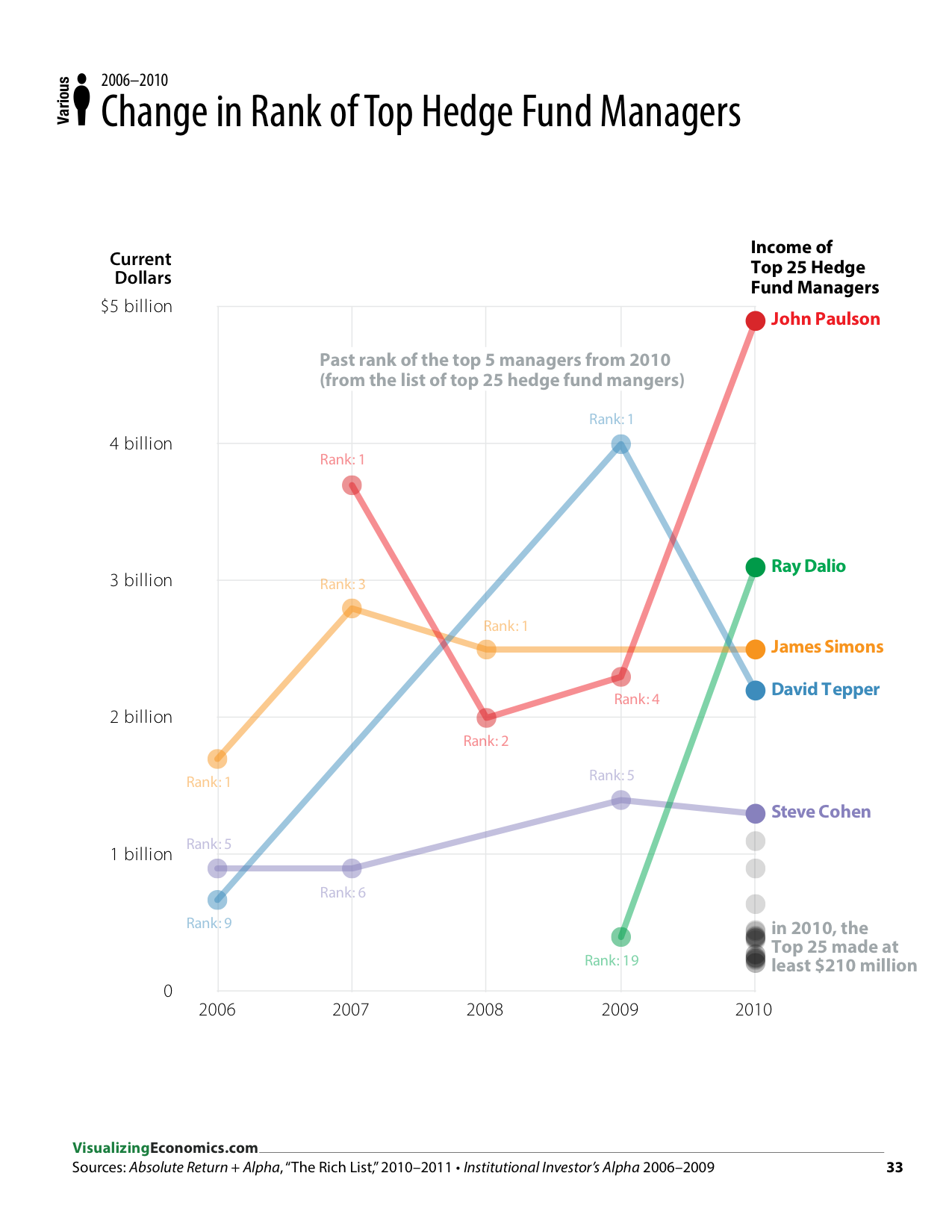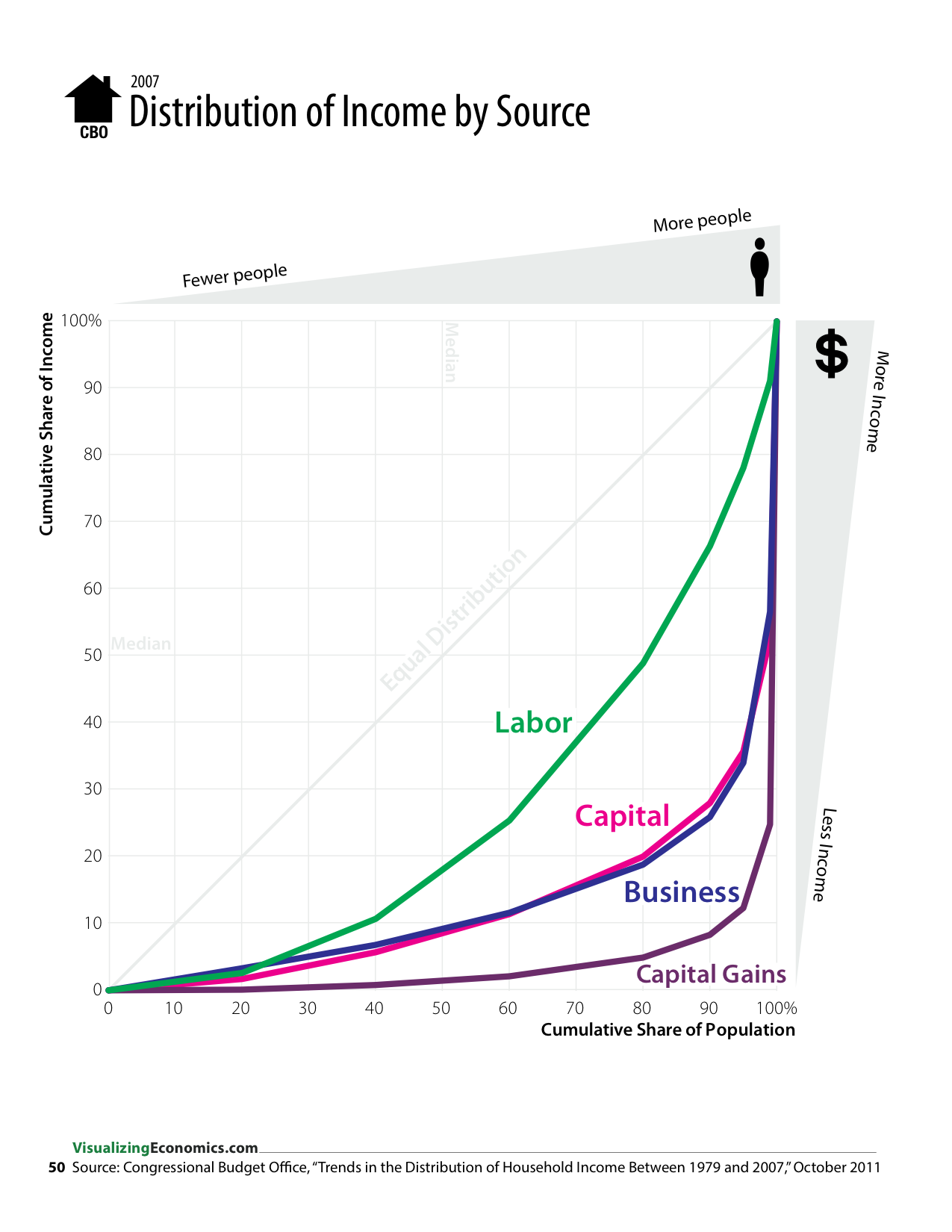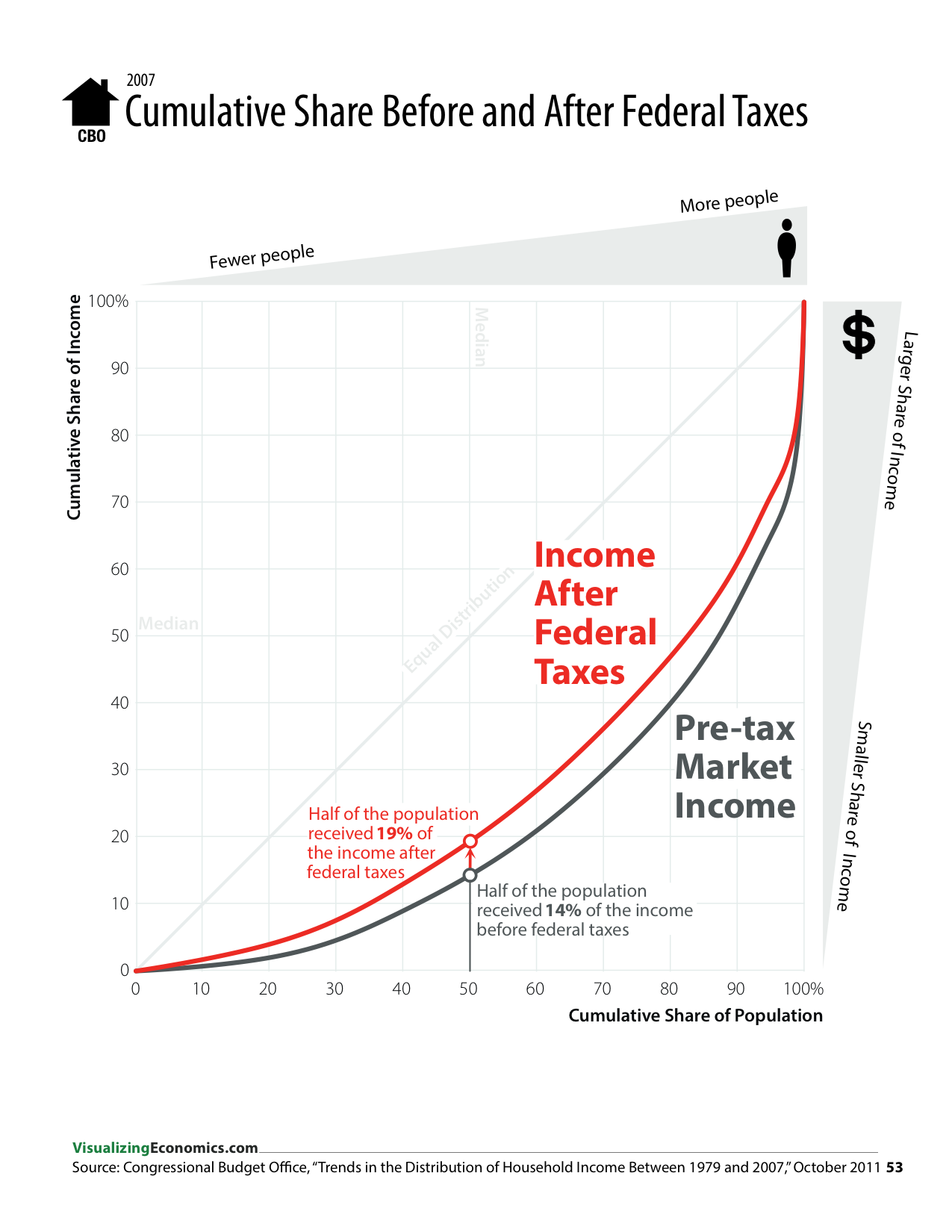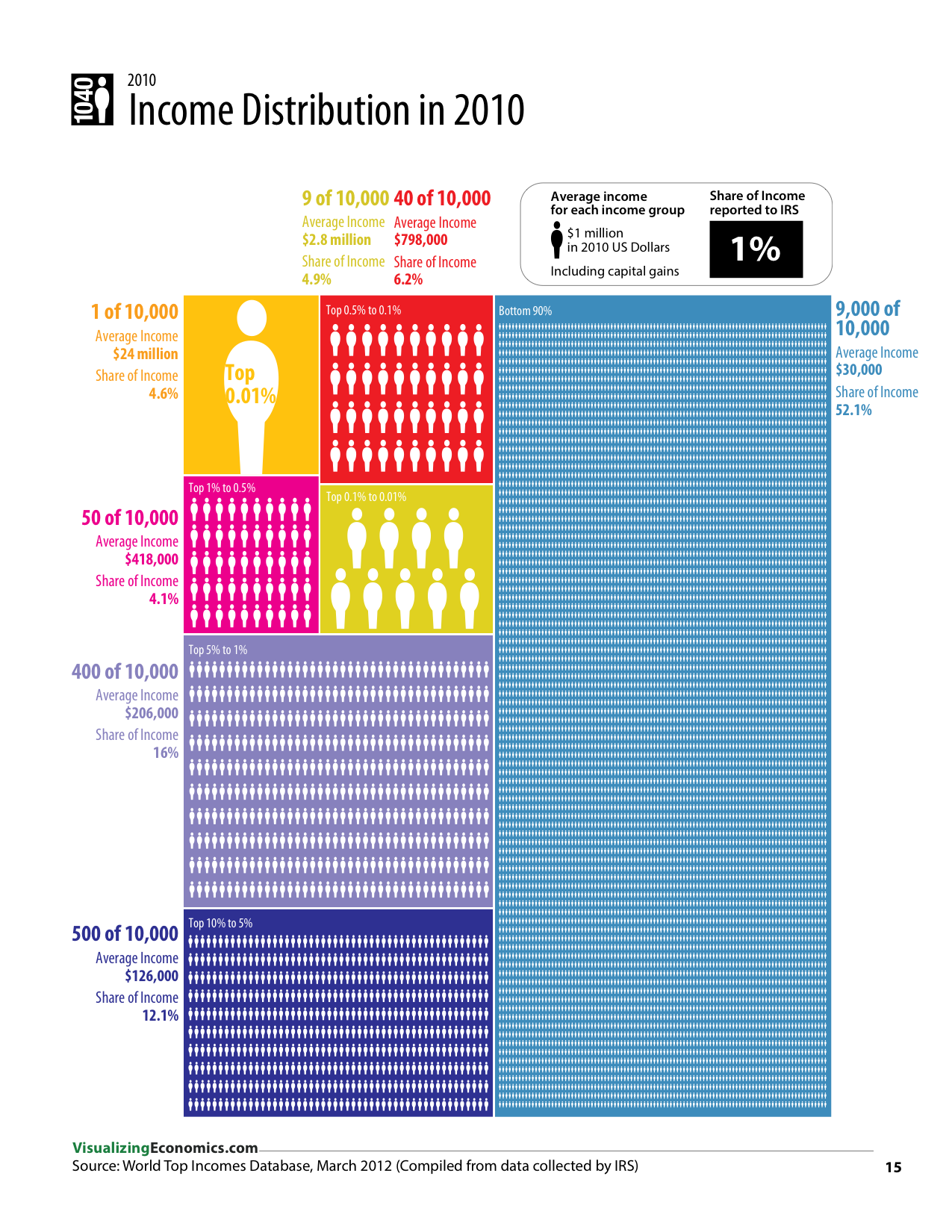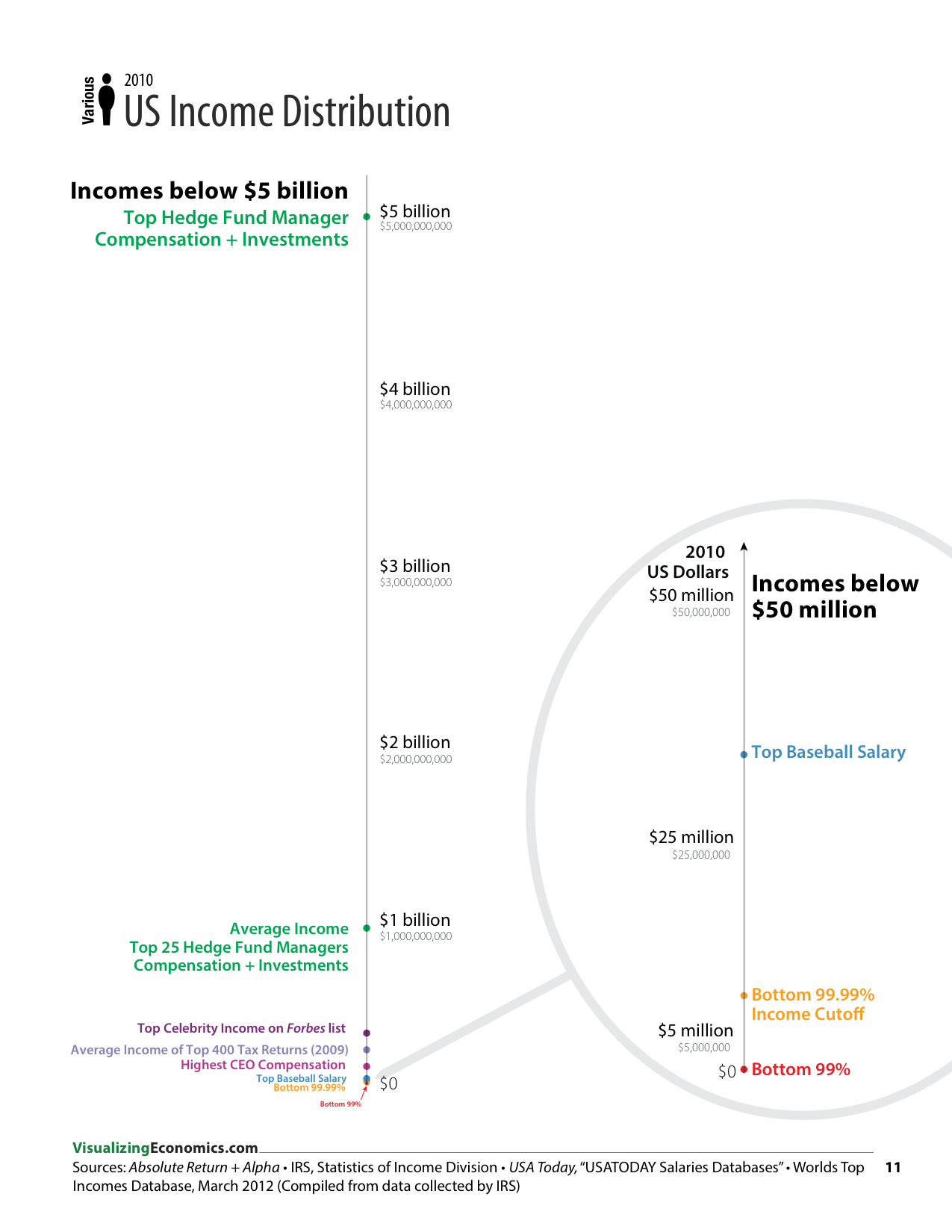Share of business returns filed by C corporations has dropped 16.6% to 4.9% 1980-2012 with sole proprietorships filing the majority of business returns. At the same time, the net income reported by C corporations has dropped since 1980 from 68.0% to 37.1% in 2012.
A simple matrix of business structures and Pass-Through Businesses: Data and Policy provide more information but one thing you need to know is:
The majority of companies in the United States are pass-through businesses. These businesses are not subject to the corporate income tax; instead, their income is reported on their owners’ tax returns and subject to the individual income tax.
Data Source: IRS https://www.irs.gov/uac/soi-tax-stats-integrated-business-data Table 1: Selected financial data on businesses.



